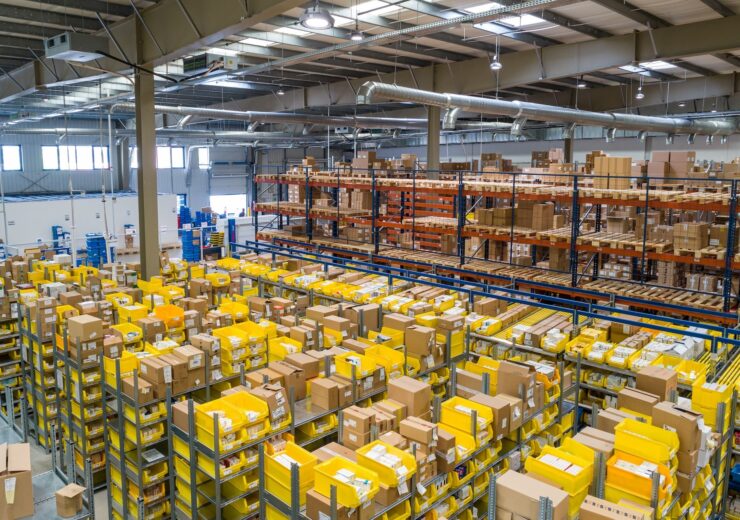The new testing protocol is useful for companies like Walmart, Amazon, Sam's Club, Costco, The Home Depot and others that ship orders via the e-commerce retailer fulfilment systems

ISTA has released the ISTA 3L testing protocol. (Credit: Adrian Sulyok on Unsplash)
The International Safe Transit Association (ISTA) has released the ISTA 3L testing protocol for firms to simulate the damages occurring during the shipment of products directly to consumers.
The new testing protocol is useful for companies like Walmart, Amazon, Sam’s Club, Costco, The Home Depot and others that ship orders via the e-commerce retailer fulfilment systems.
According to ISTA, the protocol is a generalised e-commerce retailer fulfilment test. It is developed and approved through ISTA’s American National Standards Institute (ANSI) accredited standards development process.
ISTA Standards Council led the development of the protocol by combining data from relevant testing protocols and lab results. It also used observational data gathered from different retailer fulfilment locations and broad industry feedback.
The test offers stakeholders in the supply chain an option to predict, design, and prepare for the impacts of transit hazards like compression, temperature, vibration, shock and humidity on packaged products during direct-to-consumer shipments.
ISTA, a pre-shipment performance testing standards developer, said that the protocol is ideal for home delivery as damage during transportation will be borne by the customer. This gives a negative customer experience and brand equity.
Damage in transit makes both the product and package waste, which has more environmental impact. The damage prevention will also minimise the unnecessary extra shipments because of returns and replacements.
ISTA president and CEO AJ Gruber said: “We are witnessing a business paradigm shift towards the digital economy.
“While some of this shift was accelerated due to the pandemic, it’s also driven by other factors like an investment into unified commerce platforms and logistics to support them, the rise in spending power for Generation Z, and increased global access to technology like connected mobile devices.”
Since 2019, ISTA has invested about $2m towards research to better understand the risks associated with product transportation around the world. The funding was used for studies in China, India, Europe, and the US that involve full truckloads, parcels, rail, sea, and rail transportation.
There are 22 ISTA testing standards available right now, which span a range of applications, package kinds, distribution strategies, and products.
The performance testing standards developer has more than 650 certified testing labs and 1,100 corporate members in 45 countries.
